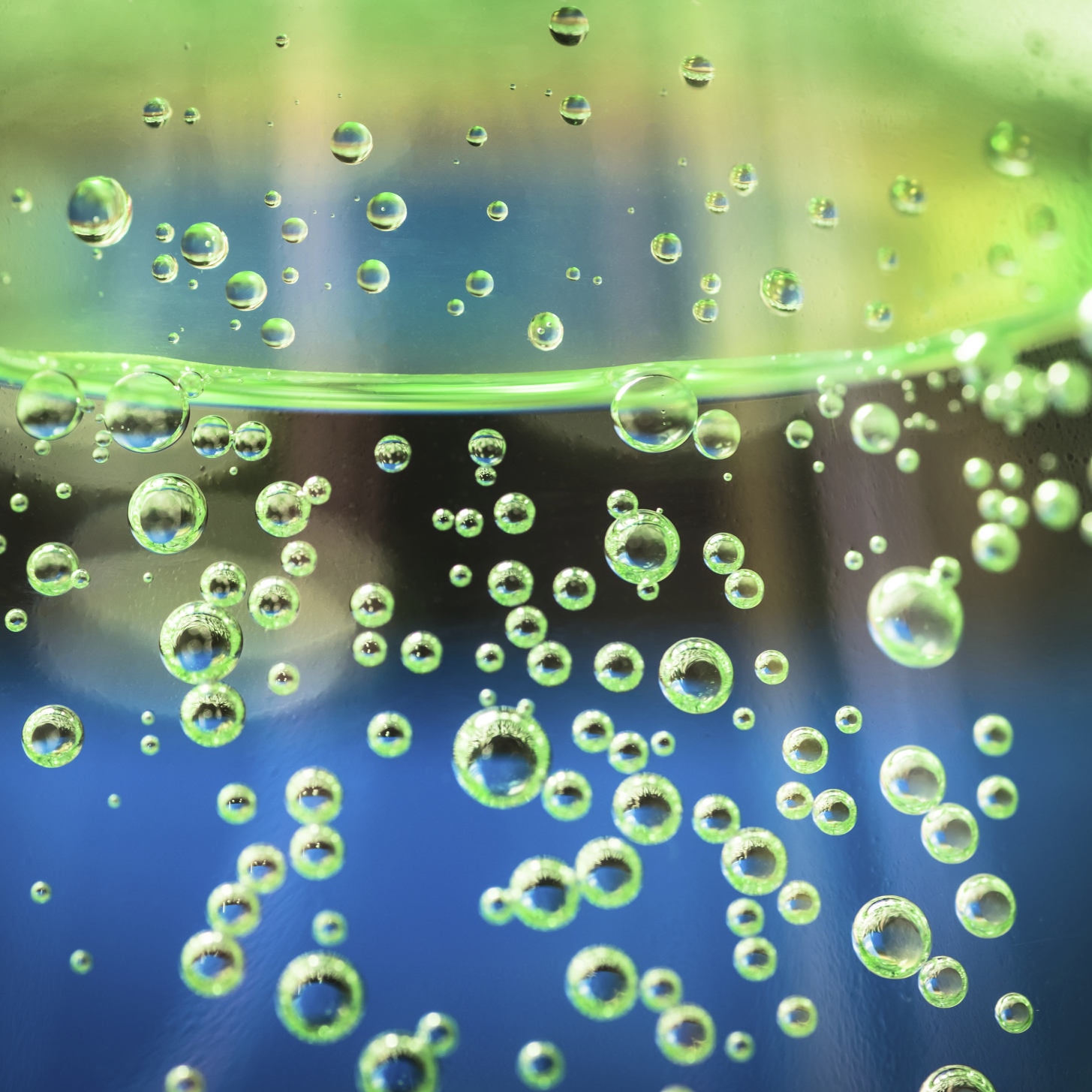Companies and Brands
Bottled Water More Popular in the US Than Soda Pop

Published:
Last Updated:

U.S. sales of bottled water have climbed steadily over the past 40 years and reached a milestone in 2016: per capita consumption of bottled water rose to 39.3 gallons and for the first time surpassed consumption of carbonated soft drinks, which posted per capita consumption of 38.5 gallons. At the turn of the 21st century, per capita consumption of carbonated soft drinks exceeded 50 gallons.
With the exception of two years during the Great Recession (2008 and 2009), volume sales of bottled water have risen every year since 1977. Since 2006, volume sales have grown by just over 50%, and the year-over-year increase in 2016 of 8.6%, to 12.8 billion gallons, was the largest in the past 10 years.
Dollar value of the sales is also up just over 50%, from $10.97 billion in 2006 to $15.96 billion in 2016. Year over year, sales growth totaled 10%, again the largest increase in the past 10 years. The data were reported on Thursday by the Beverage Marketing Corporation.
Michael C. Bellas, chairman and CEO of Beverage Marketing, said:
Bottled water effectively reshaped the beverage marketplace. When Perrier first entered the country in the 1970s, few would have predicted the heights to which bottled water would eventually climb. Where once it would have been unimaginable to see Americans walking down the street carrying plastic bottles of water, or driving around with them in their cars’ cup holders, now that’s the norm.
The most popular option for bottle water among U.S. consumers is the single-serving plastic bottle that accounted for two-thirds of 2016 sales. Bulk deliveries accounted for 11% of sales, while retail sales of one-gallon to five-gallon containers accounted for 9% of sales, and vending machine sales accounted for 7% of the total. Domestic sparkling water took 4% of annual sales and imports accounted for 2%.
For a rough comparison, in 2016 Coca-Cola Co. (NYSE: KO) reported global unit case (three gallons) sales of 29.3 billion. That’s nearly 88 billion gallons, and U.S. sales accounted for 19% or about 16.7 billion gallons. Nearly two-thirds were sparkling (carbonated energy drinks and carbonated waters and flavored waters) beverages and the remaining third of about 5.67 billion gallons included “non-carbonated, flavored, or enhanced waters, juices and juice drinks, ready-to-drink teas and coffees, sports drinks, dairy, and non-carbonated energy drinks.”
PepsiCo Inc. (NYSE: PEP) reported that 2016 North American sales growth of 7% in non-carbonated beverages, primarily reflected a double-digit increase in the company’s “overall water portfolio.” Total volume increased 1%, driven by a 6% increase in non-carbonated beverage volume that was partly offset by a 2% decline in carbonated soft-drink volumes.
More than a quarter of water revenue went to Coca-Cola (Dasani) and Pepsi (Aquafina) last year. The companies are also looking at introducing premium-branded water.
According to Euromonitor, bottled water should continue to have “healthy growth … as consumer migration from carbonates to low-sugar alternatives continues.” Stronger growth is expected in the category of sparkling water, which consumers now find more interesting because it re-creates “the carbonates experience but without sugar or artificial sweeteners.”
Credit card companies are pulling out all the stops, with the issuers are offering insane travel rewards and perks.
We’re talking huge sign-up bonuses, points on every purchase, and benefits like lounge access, travel credits, and free hotel nights. For travelers, these rewards can add up to thousands of dollars in flights, upgrades, and luxury experiences every year.
It’s like getting paid to travel — and it’s available to qualified borrowers who know where to look.
We’ve rounded up some of the best travel credit cards on the market. Click here to see the list. Don’t miss these offers — they won’t be this good forever.
Thank you for reading! Have some feedback for us?
Contact the 24/7 Wall St. editorial team.